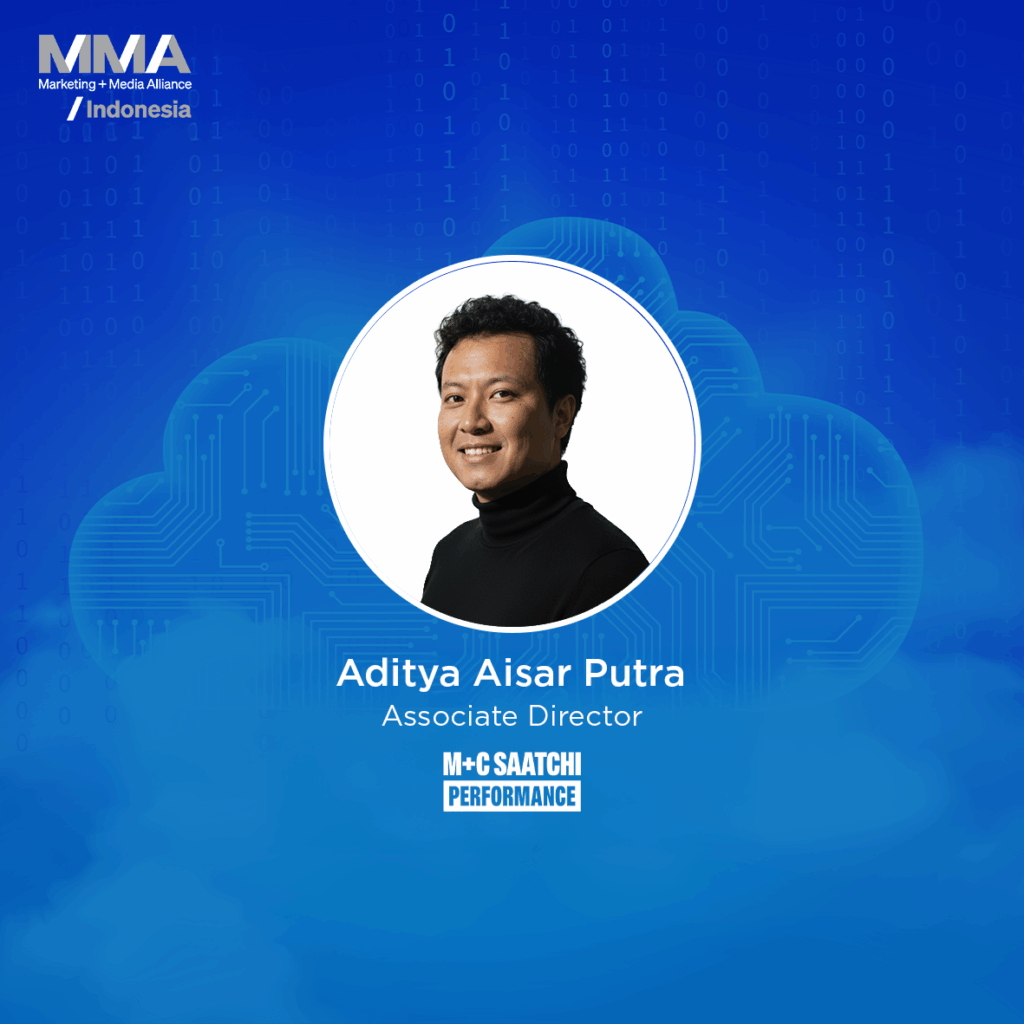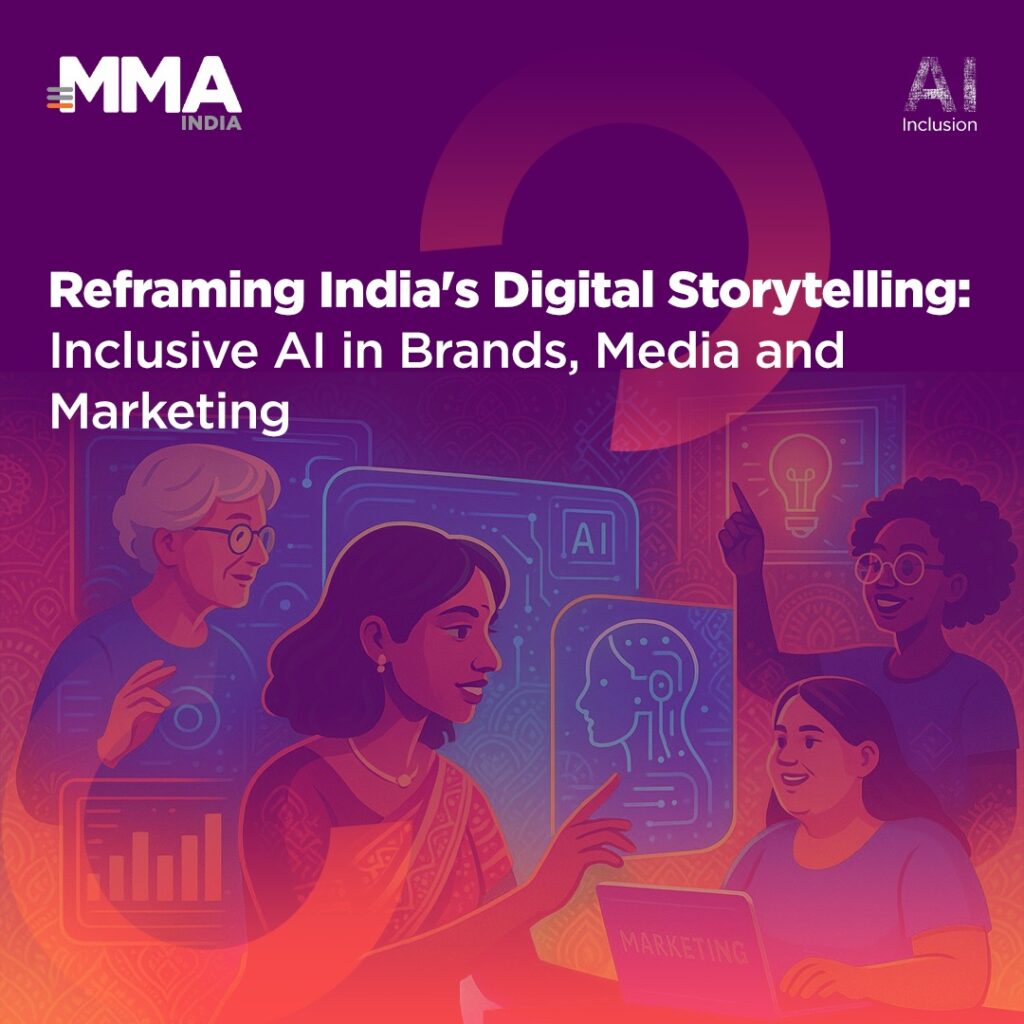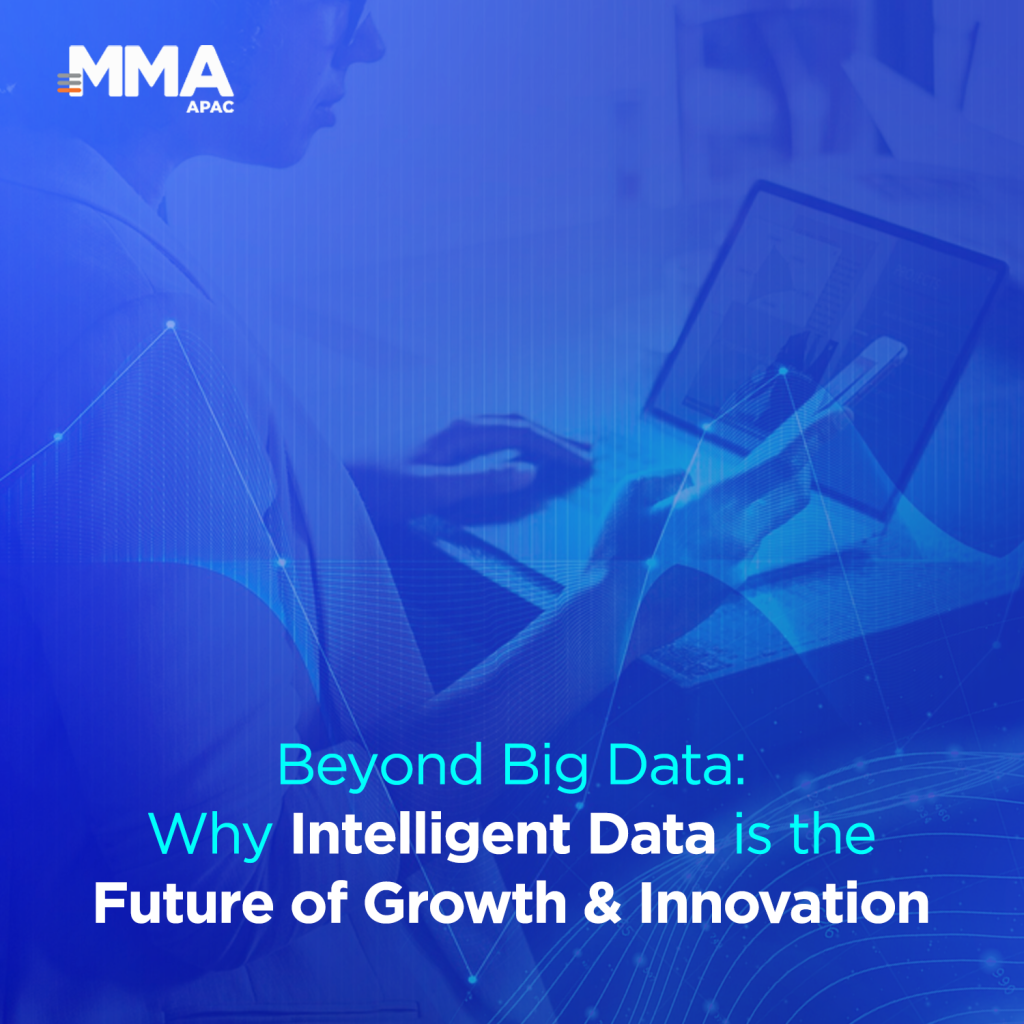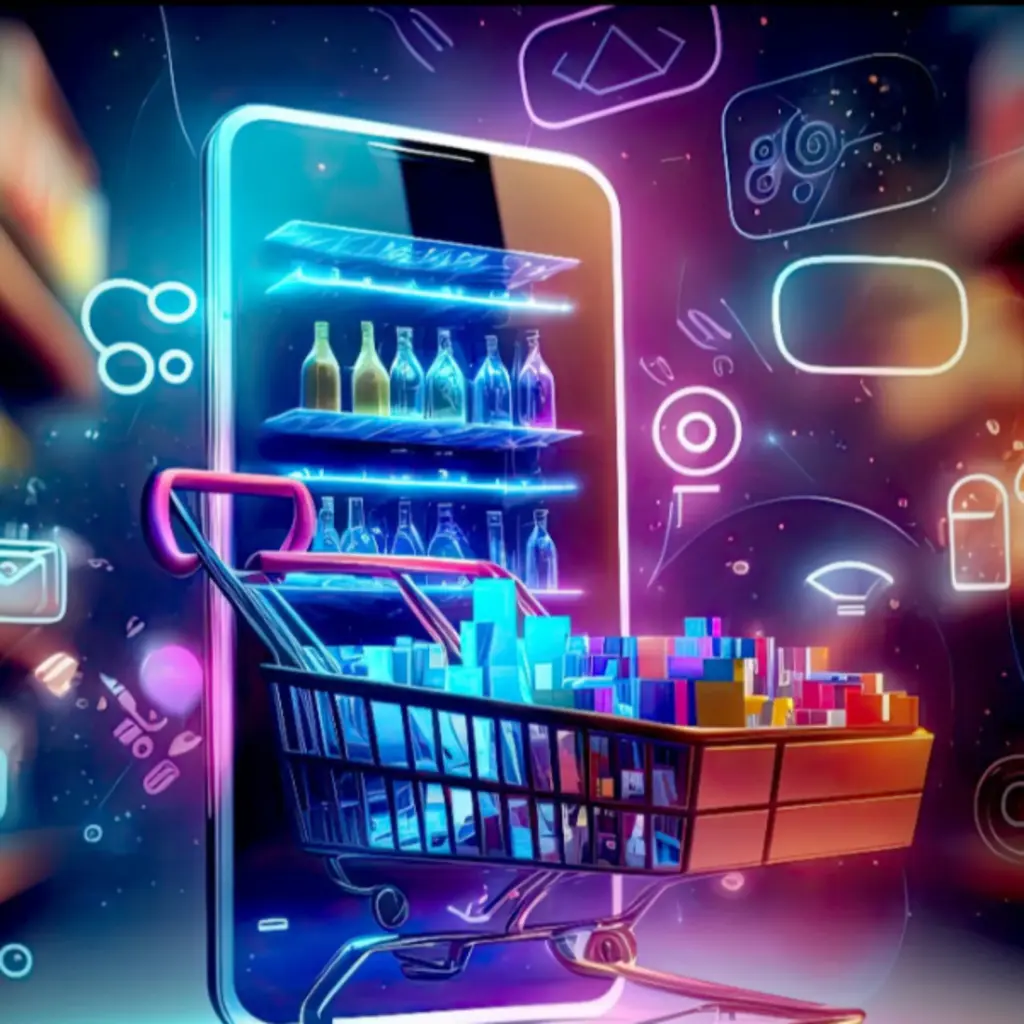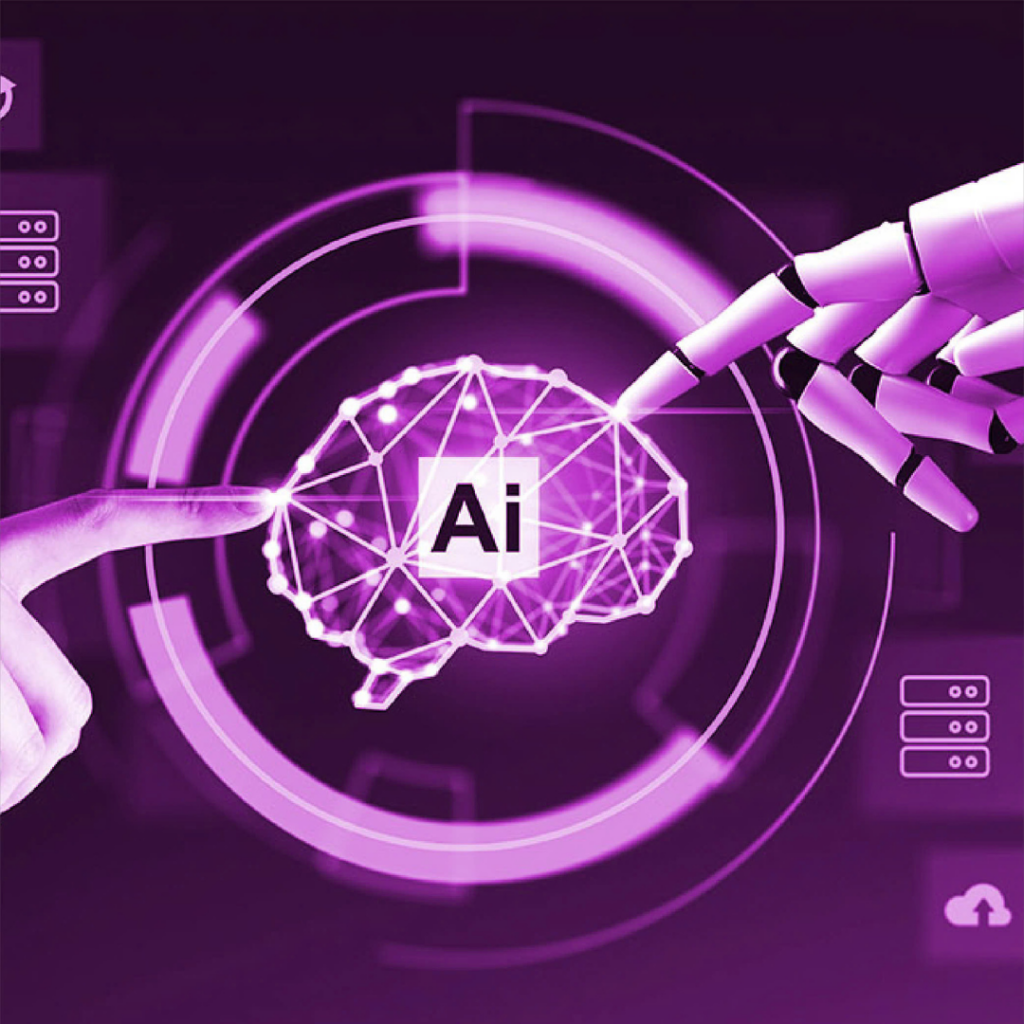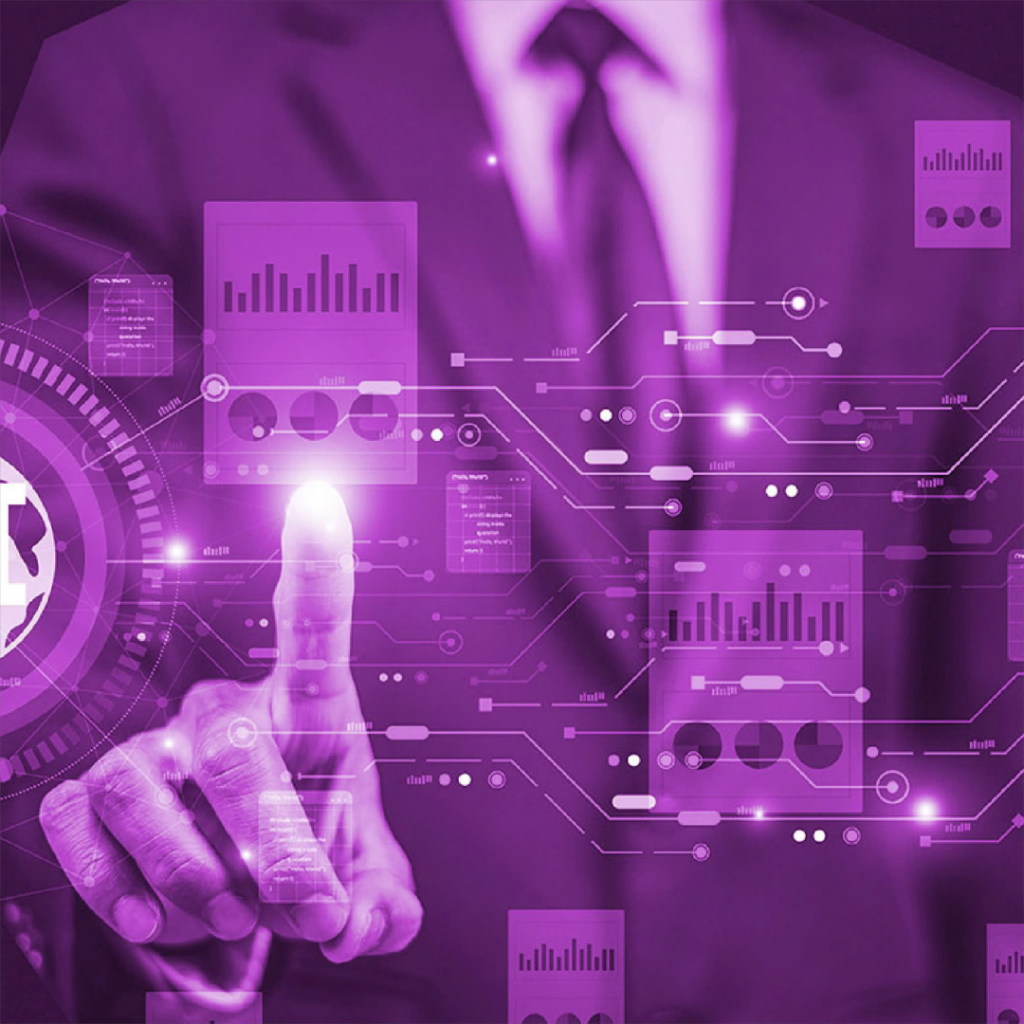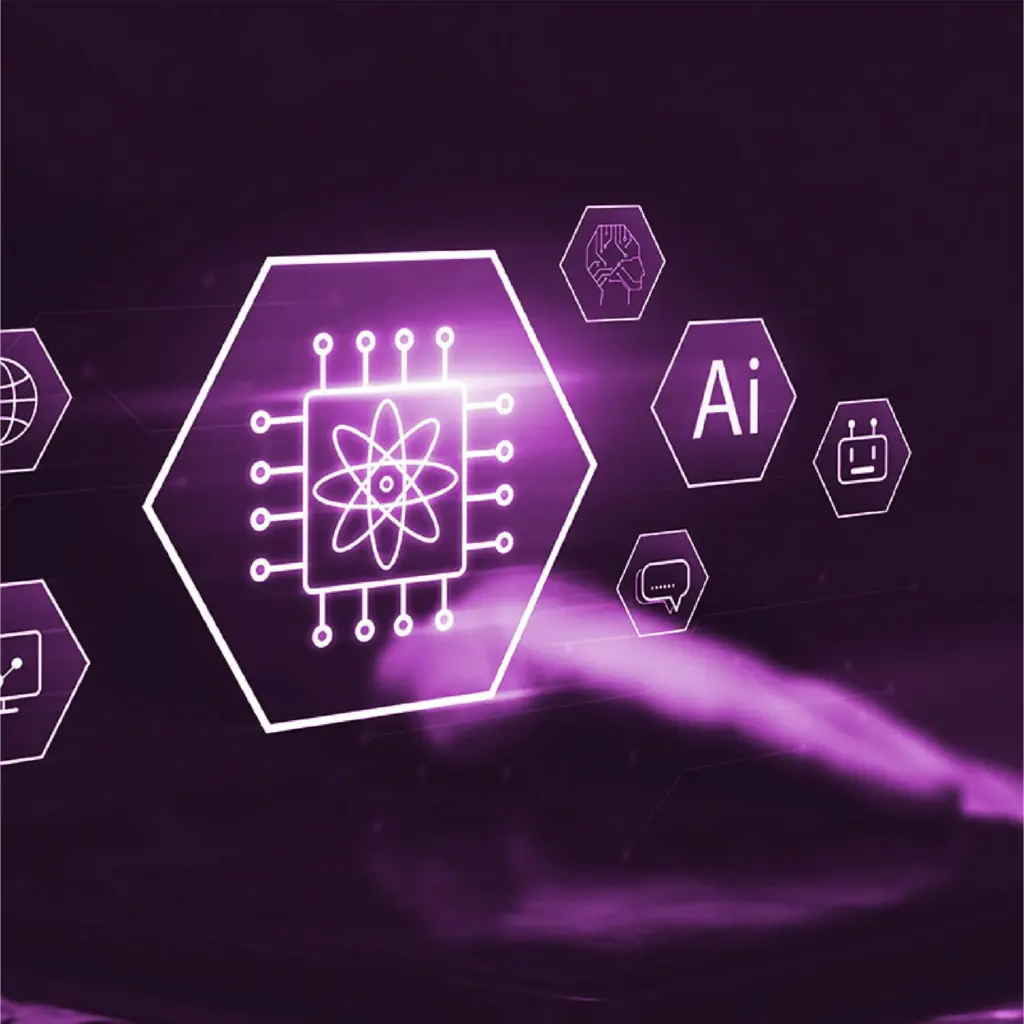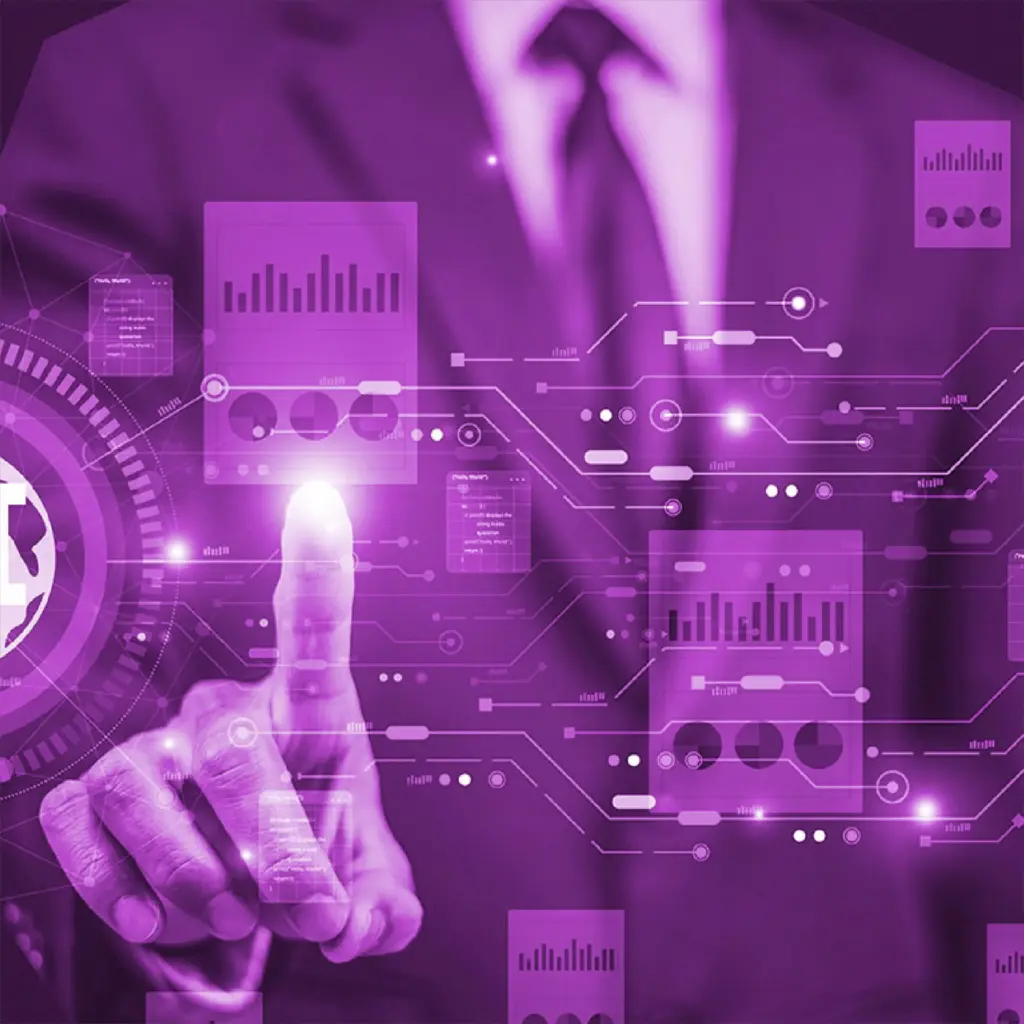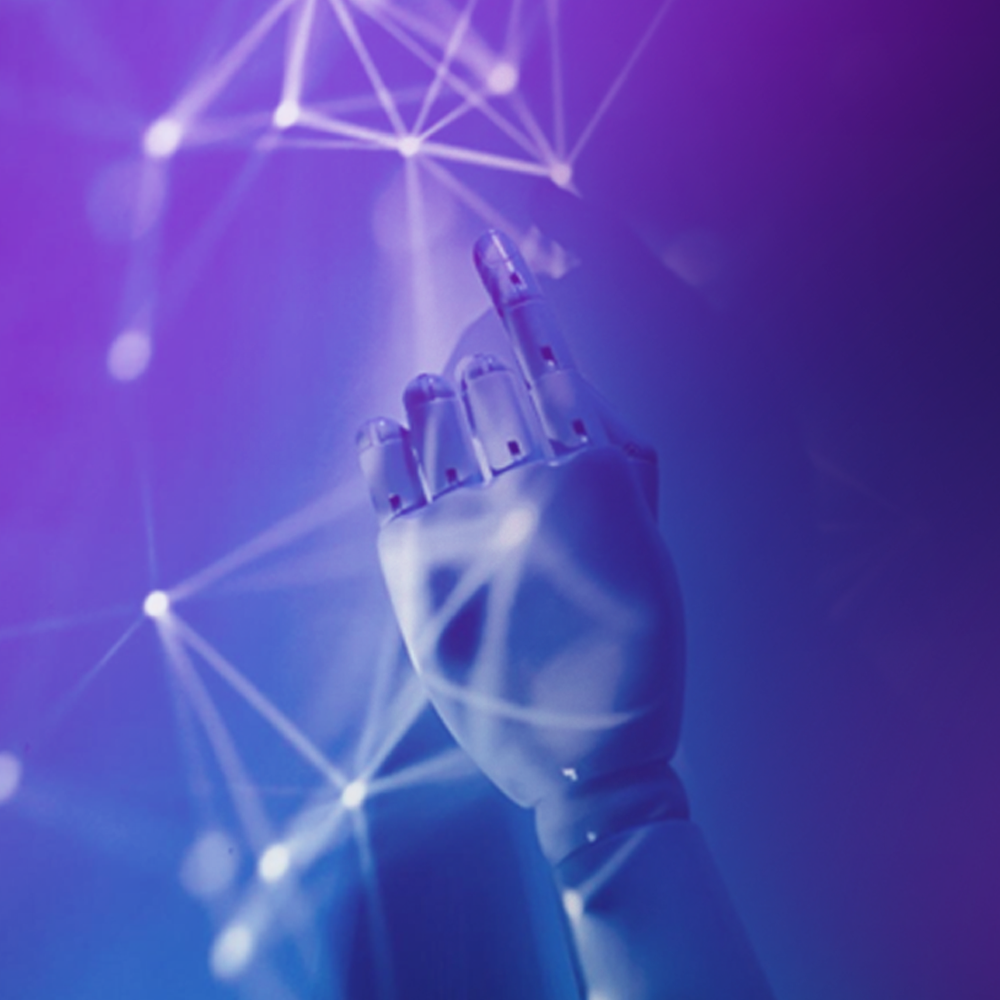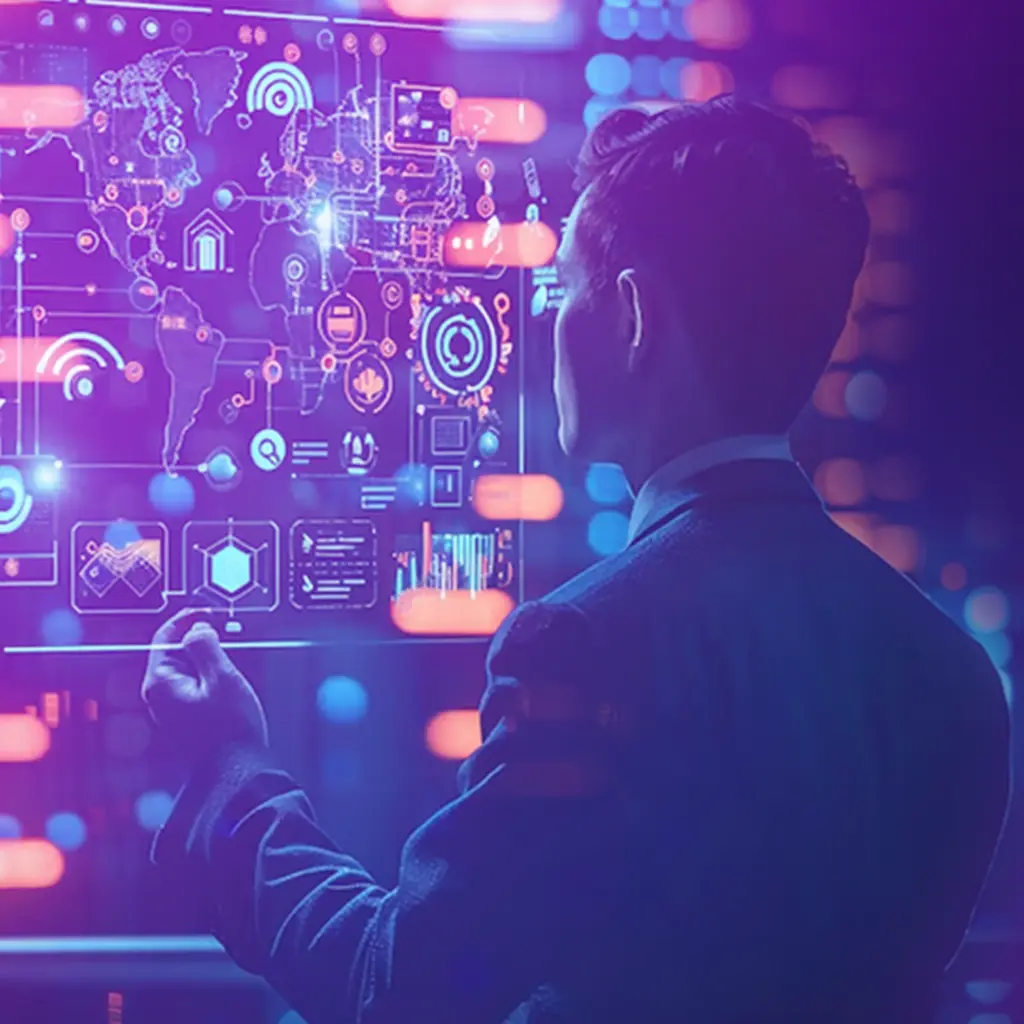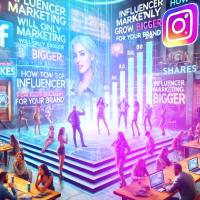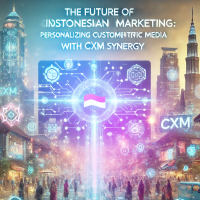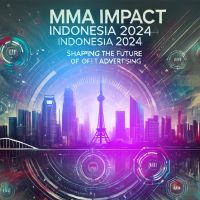
Artificial intelligence (AI) is no longer just a tool for automation—it is becoming the backbone of marketing strategy. In 2025, self-learning AI systems will move beyond rule-based automation to dynamic, real-time decision-making tools that optimize campaigns, personalize engagement, and predict market shifts.
For CMOs and CEOs in APAC, this shift presents a strategic imperative. Unlike traditional AI, which relies on fixed inputs, self-learning AI continuously adapts to market conditions, competitive moves, and consumer behaviors, making marketing more fluid and responsive. This article explores three critical ways self-learning AI will impact marketing in APAC, with a focus on customer engagement, pricing strategies, and predictive marketing.
1. Hyper-Personalization Without Segments: AI’s New Approach to Customer Engagement
For years, marketers have relied on predefined customer segments to guide personalization. By 2025, self-learning AI will eliminate static segmentation, replacing it with fluid, real-time customer profiles that adjust dynamically based on individual behaviors, cultural contexts, and market trends.
What’s Changing?
- Self-learning AI will move beyond demographic data and analyze micro-behaviors in real time, refining customer interactions based on live preferences.
- The concept of a customer journey map will become obsolete—AI will continuously adjust touchpoints based on behavioral data rather than predetermined pathways.
- AI-powered platforms will deliver individualized experiences across digital and offline channels, blending behavioral data with real-time signals such as location, browsing history, and purchase intent.
Strategic Takeaways for CMOs in APAC
- Shift from static personalization models to adaptive, AI-driven engagement strategies.
- Ensure first-party data collection is optimized to feed AI systems with real-time behavioral inputs.
- Focus on real-time content adaptation—marketing materials should adjust dynamically based on engagement signals.
2. Dynamic Pricing Will Make Fixed Pricing Obsolete
By 2025, static pricing strategies will no longer be viable in APAC’s fast-moving consumer markets. Self-learning AI will replace traditional pricing models with intelligent, real-time pricing adjustments based on demand, competitor activity, and even external factors such as weather patterns and economic conditions.
What’s Changing?
- AI will automatically adjust prices in response to shifting market conditions, optimizing for both revenue growth and consumer satisfaction.
- Retailers and brands will move beyond demand-based pricing—AI will assess individual consumer willingness to pay, optimizing price elasticity at a personalized level.
- Real-time price recommendations will align with omnichannel strategies, ensuring consistent yet adaptive pricing across digital and offline touchpoints.
Strategic Takeaways for CMOs in APAC
- Implement AI-driven price elasticity models to test real-time consumer responsiveness.
- Connect AI-powered pricing with real-time marketing automation, ensuring discounts or offers are triggered based on live demand shifts.
- Measure the long-term impact of dynamic pricing on customer loyalty and brand perception—ensuring AI-driven price adjustments do not alienate key consumer segments.
3. From Predictive to Prescriptive: AI as a Strategic Decision-Maker
Traditional predictive analytics have helped marketers anticipate demand trends. But by 2025, self-learning AI will move beyond prediction and into prescriptive marketing, guiding CMOs with clear, actionable strategic recommendations rather than just insights.
What’s Changing?
- AI will not just identify market trends, but proactively recommend marketing actions—whether adjusting budgets, reallocating spend, or modifying campaign strategies.
- Instead of relying on human interpretation, AI will simulate different business scenarios and recommend the most effective marketing actions.
- Real-time consumer sentiment tracking will allow AI to suggest changes mid-campaign, refining messaging before engagement drops.
Strategic Takeaways for CMOs in APAC
- Use AI not just for analytics, but for prescriptive decision-making that informs budget allocation and messaging strategies.
- Adopt AI-driven simulation models to test different marketing strategies before execution.
- Ensure marketing and finance teams collaborate closely, allowing AI-driven insights to guide broader business decisions.
The CMO’s Next Steps: Preparing for Self-Learning AI in 2025
For APAC’s marketing leaders, the adoption of self-learning AI isn’t just about efficiency—it’s about building a new decision-making framework that is more adaptive, precise, and forward-looking. To stay ahead, CMOs and CEOs must focus on the following:
Key Priorities for 2025
- Build an AI Strategy Beyond Automation – AI should no longer be seen as an execution tool but as a strategic business advisor capable of making autonomous marketing decisions.
- Invest in Cross-Channel AI Integration – AI-driven strategies must be seamlessly connected across marketing, sales, and pricing for maximum impact.
- Shift Focus from Cost-Cutting to Revenue Growth – AI isn’t just about efficiency; it is a profit-optimization tool that enables businesses to identify new revenue streams.
- Foster AI Readiness in Leadership – CMOs and CEOs must bridge the gap between marketing and AI literacy, ensuring leadership teams understand how to leverage AI for long-term strategic advantages.
In 2025, marketing will no longer be about managing campaigns—it will be about managing AI-driven ecosystems that continuously evolve and refine themselves. The brands that integrate self-learning AI into their decision-making process today will be the ones shaping the marketing landscape tomorrow.

